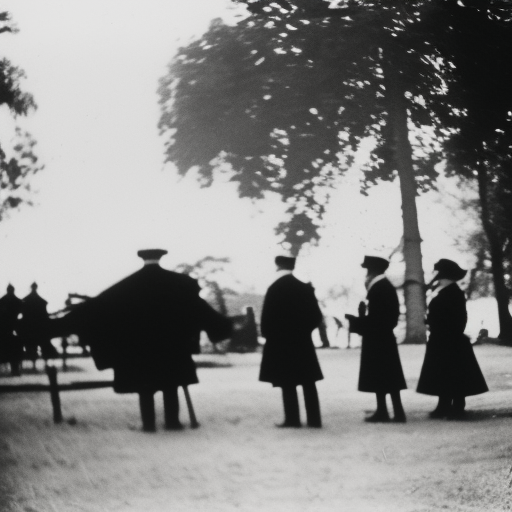Summary: Assassination of Admiral Coligny
The assassination of Admiral Coligny was a significant event that took place during the French Wars of Religion in the 16th century. Admiral Gaspard de Coligny was a prominent Huguenot leader and military commander who played a crucial role in the Protestant cause. His assassination in 1572 marked a turning point in the conflict and triggered the infamous St. Bartholomew’s Day Massacre.
Background
The French Wars of Religion were a series of conflicts between Catholics and Protestants in France that lasted from 1562 to 1598. The Huguenots, as the French Protestants were known, were seeking religious freedom and equal rights in a predominantly Catholic country. Admiral Coligny emerged as one of the most influential Huguenot leaders, advocating for their cause and leading military campaigns against the Catholic forces.
The Plot
In the summer of 1572, tensions between the Catholics and Huguenots were high in France. Admiral Coligny, who had gained favor with the French King Charles IX, was seen as a threat by the Catholic faction at court. Catherine de’ Medici, the queen mother, and her son, the Duke of Anjou, feared Coligny’s influence and believed that his death would weaken the Protestant cause.
A plot was hatched by members of the Catholic nobility, including the Duke of Guise and his allies, to assassinate Coligny. On August 22, 1572, an attempt was made on Coligny’s life as he walked back to his residence in Paris. Coligny was wounded but survived the attack.
The St. Bartholomew’s Day Massacre
The failed assassination attempt on Coligny triggered a wave of violence against the Huguenots. The Catholic leaders, fearing retaliation, decided to strike first. On the night of August 23, 1572, the St. Bartholomew’s Day Massacre began. Catholic mobs, with the support of the authorities, began killing Huguenots throughout Paris.
The violence quickly spread to other cities in France, and thousands of Huguenots were massacred in the following weeks. The exact number of victims is uncertain, but estimates range from 5,000 to 30,000. The massacre was a brutal and systematic attempt to eliminate the Huguenot leadership and suppress the Protestant movement.
Consequences
The St. Bartholomew’s Day Massacre had far-reaching consequences for France and the wider European religious landscape. The violence shattered any hopes of reconciliation between Catholics and Protestants and intensified the religious divide in the country.
The massacre also had political implications. The Huguenot leadership was decimated, and Admiral Coligny’s death was a severe blow to the Protestant cause. The Catholic faction gained the upper hand, and the French monarchy became more aligned with Catholic interests.
The event also had repercussions beyond France. The massacre shocked Protestant communities across Europe and led to increased tensions between Catholic and Protestant powers. It further fueled religious conflicts and wars in the following decades.
Legacy
The assassination of Admiral Coligny and the St. Bartholomew’s Day Massacre remain significant events in French history. They represent a dark chapter of religious intolerance and violence. The massacre highlighted the deep divisions within French society and the challenges of religious coexistence.
In the long term, the French Wars of Religion eventually led to the Edict of Nantes in 1598, which granted limited religious freedom to the Huguenots. However, the scars of the massacre and the religious conflicts would continue to shape French history for centuries to come.












